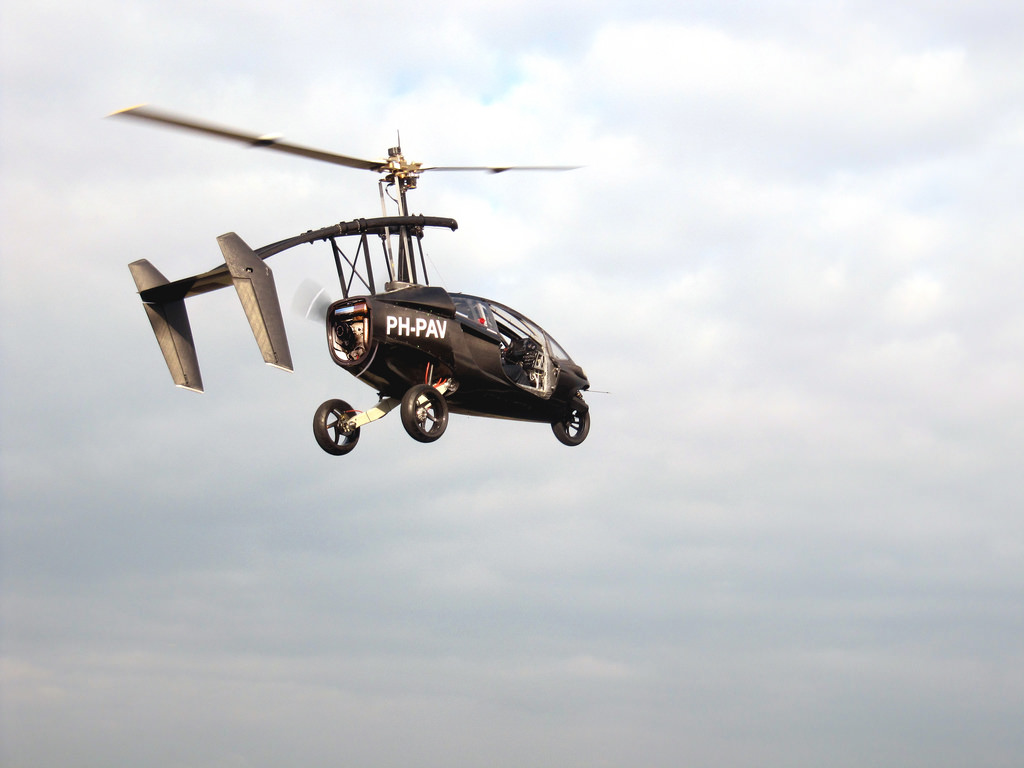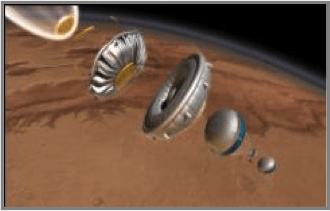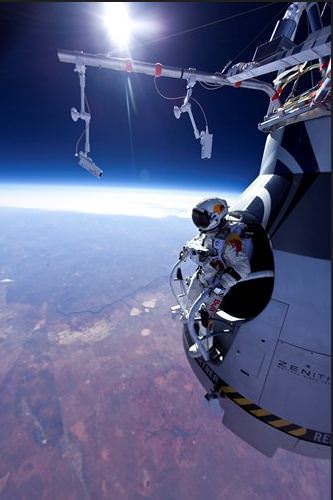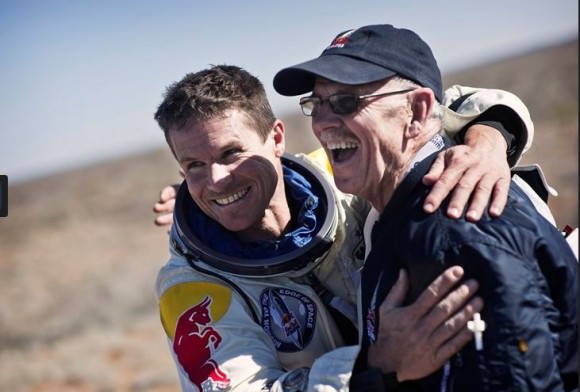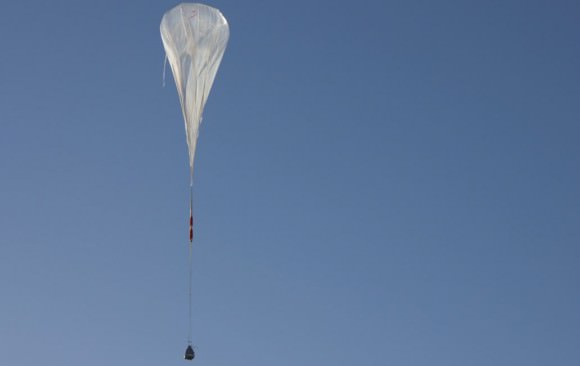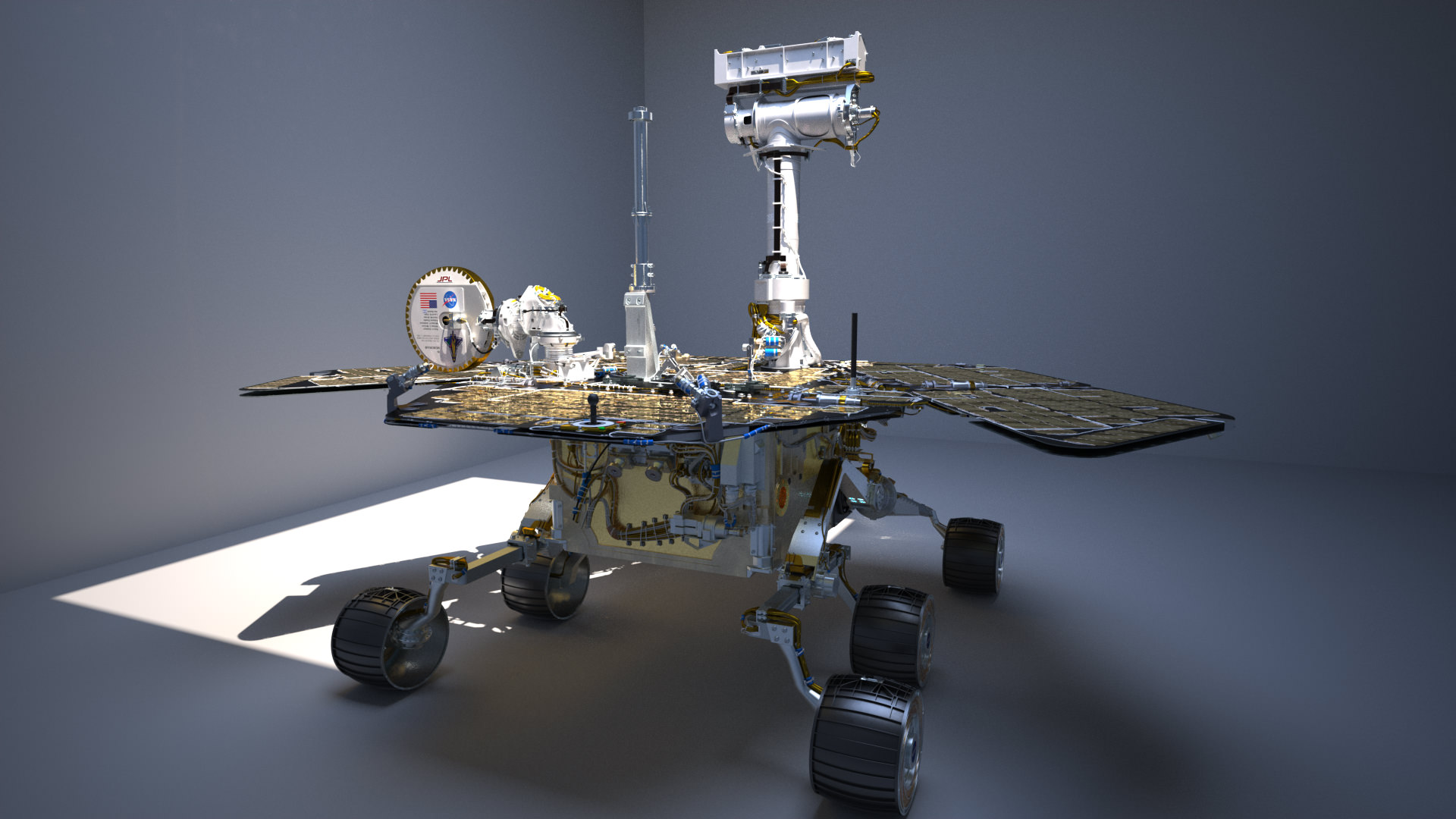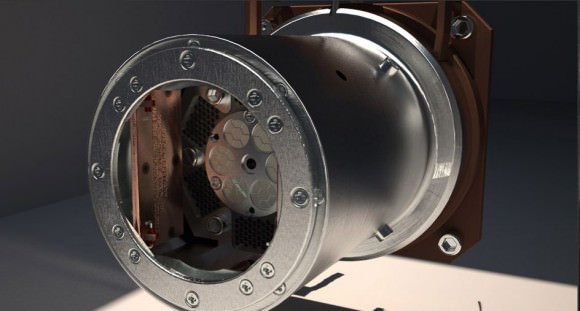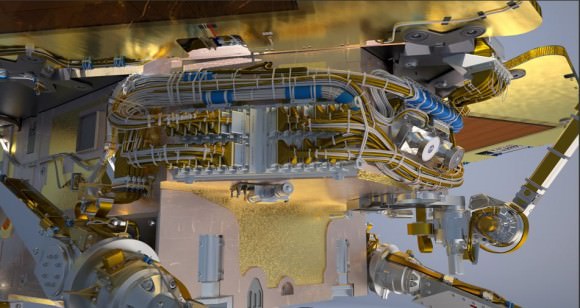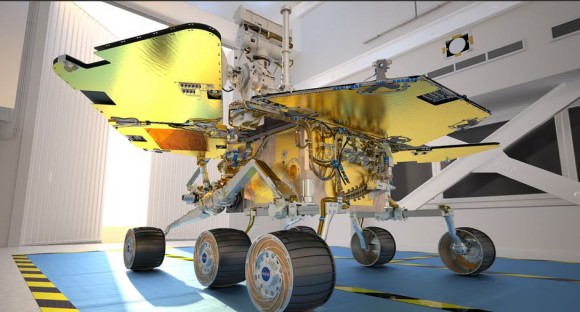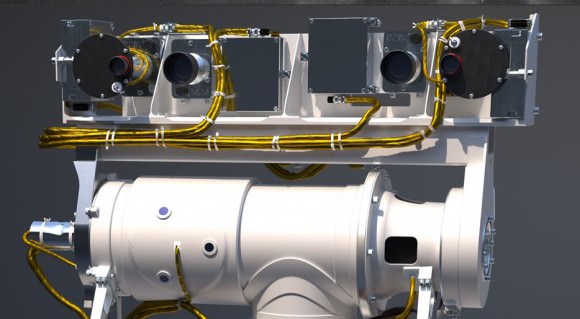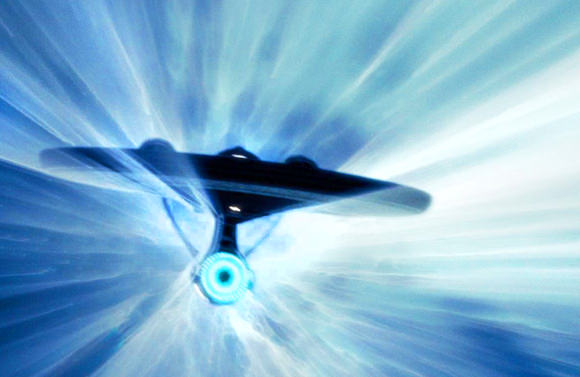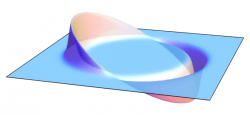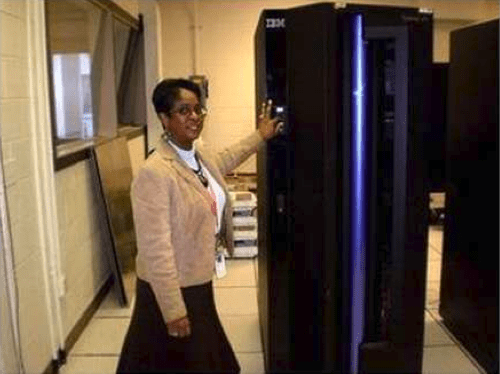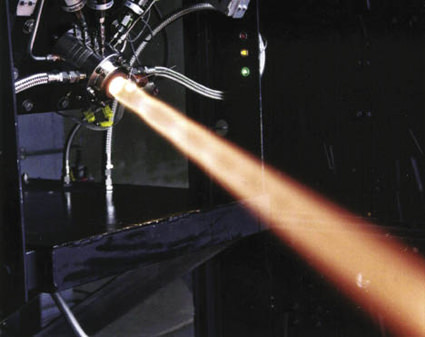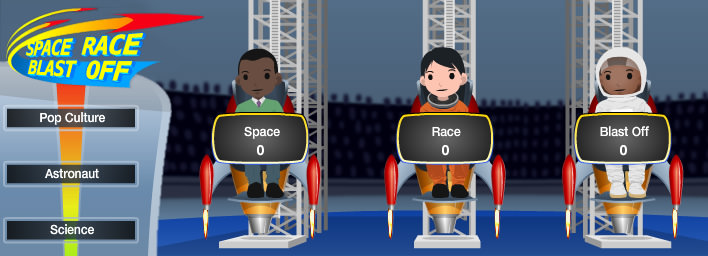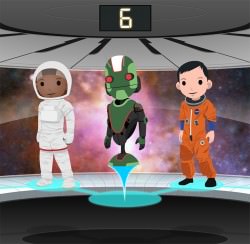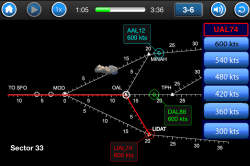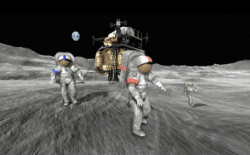[/caption]
In science fiction – like in Star Trek, for example — interstellar communication was never a problem; all you needed was to have Urhura open up hailing frequencies to Starfleet Command. But in the real universe, communicating between star systems poses a dilemma with current radio technology. There’s also a very real problem today for operating spacecraft in that communications are impossible when a planetary body is blocking the signal. One of the more outlandish methods proposed for solving deep space communication problems has been to devise a technique using neutrinos. But now, it turns out, using neutrinos for communication might not be that crazy of an idea: communicating with neutrinos has, for the first time, been tested successfully.
Scientists of the MINERvA collaboration at the Fermi National Accelerator Laboratory successfully transmitted a message through 240 meters of rock using neutrinos. The team says their demonstration “illustrates the feasibility of using neutrino beams to provide a low-rate communications link, independent of any existing electromagnetic communications infrastructure.”
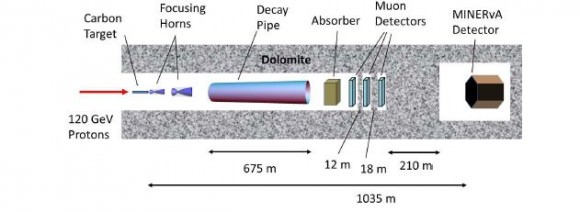
The scientists used the a 170-ton MINERvA detector at Fermilab and a NuMI beam line, a powerful, pulsed accelerator beam to produce neutrinos. They were able to manipulate the pulsed beam and turn it — for a couple of hours — into a sort of “neutrino telegraph,” according to R&D magazine.
“It’s impressive that the accelerator is flexible enough to do this,” said Fermilab physicist Debbie Harris, co-spokesperson of the MINERvA experiment.
The link achieved a decoded data rate of 0.1 bits/sec with a bit error rate of 1% over a distance of 1.035 km that included 240 m of earth, the scientists said.
For the test, scientists transmitted the word “neutrino.” The MINERvA detector decoded the message at 99 percent accuracy after just two repetitions of the signal.
However, given the limited range, low data rate, and extreme technologies required to achieve this goal, the team wrote in their paper that “significant improvements in neutrino beams and detectors are required for ‘practical’ application.”
So, while this first success offers hope for eventually being able to use neutrinos for deep space communication, until physicists create more intense neutrino beams, build better neutrino detectors or come up with a simpler technique, this method of communication will very likely remain in the realm of science fiction.
Read the team’s paper: Demonstration of Communication Using Neutrinos
Source: R&D


